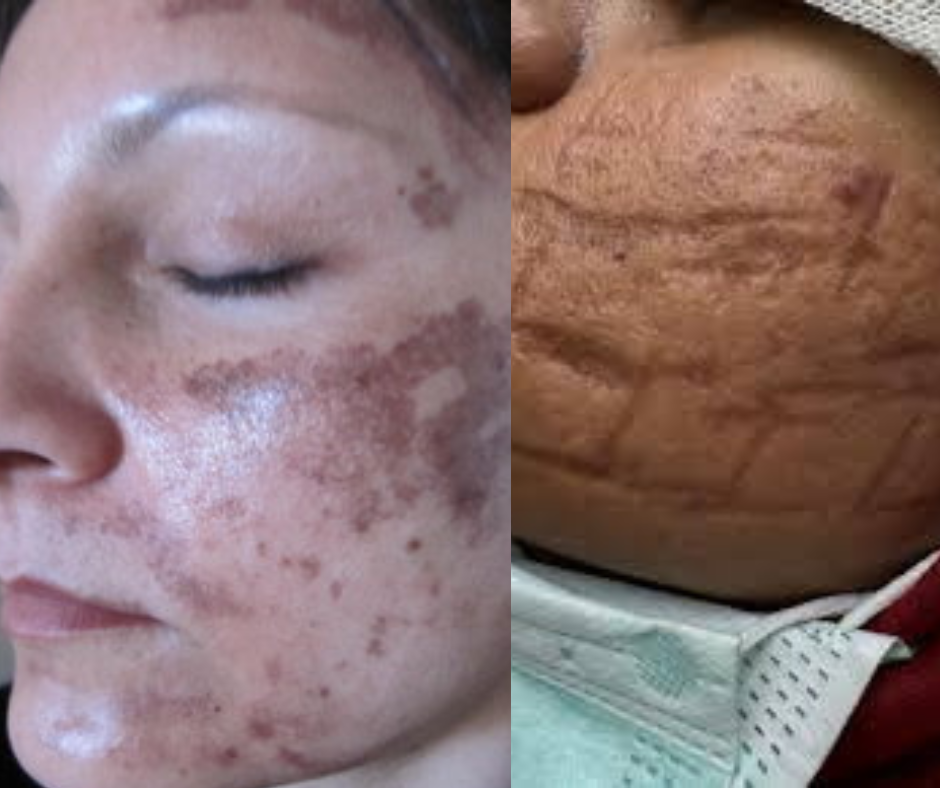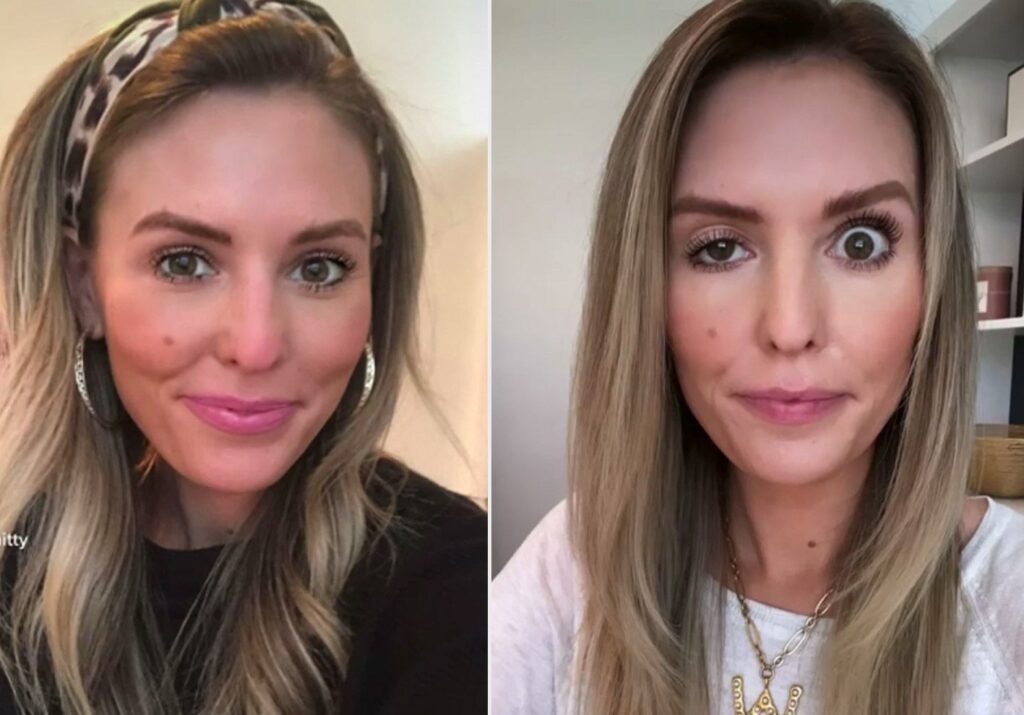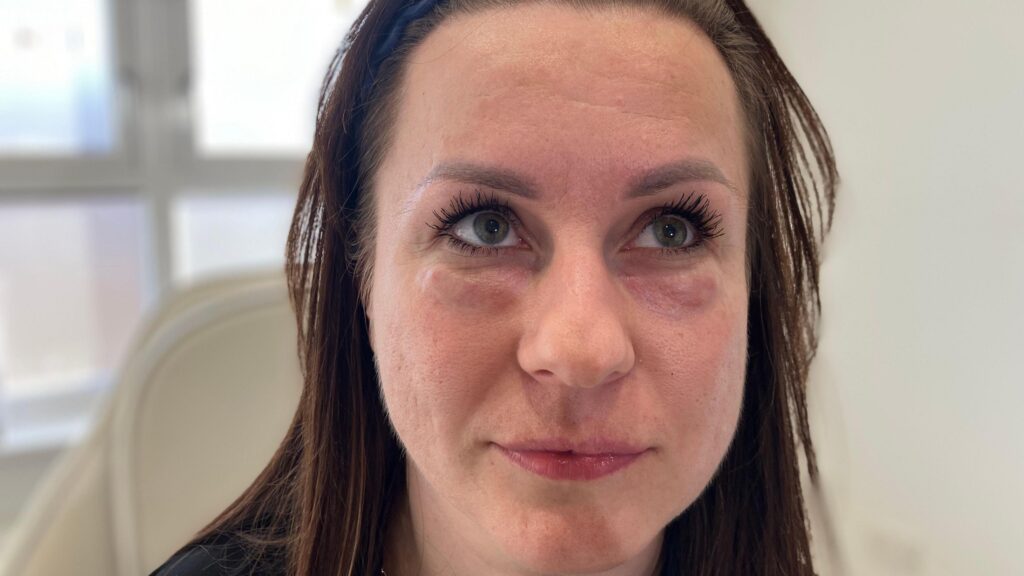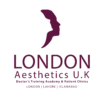The aesthetic procedure is very popular nowadays because of the rapid growth in the beauty and wellness industry. With Botox injections, laser treatments, and so much more, cosmetic procedures are more accessible than ever before. But taking shortcuts has dire consequences: treatments without research might bring heavy or irreversible damage. The rising demand for these services has also led to an alarming trend—untrained or poorly trained aestheticians and dermatologists performing these procedures. The case also gets worsened as the unprofessional and quacks use such equipment that quantifies the risk. As, the risks associated with poorly trained professionals are serious and can result in irreversible damage, leading to long-term health consequences and legal repercussions.
Let’s look at the risks associated with such a poorly trained aesthetician or dermatologist, what damage they create, and why proper training is crucial. And get an understanding of how to choose a qualified professional for your aesthetic treatments.
Understanding the Role of Aestheticians and Dermatologists
To understand the dangers posed and caused by inadequate training and unprofessional, it’s essential to first get a better understanding of the roles of aestheticians and dermatologists in skin care (cosmetic) procedures.
- Aestheticians are licensed professionals who specialize in various treatments of the skin. They conduct non-medical practices, including facials, chemical peels, waxing, and microdermabrasion. They may not have extensive knowledge of dermal health but are rather qualified to perform invasive skin treatments like Botox injections and dermal fillers only upon training and licensure.
- Dermatologists are medical doctors who have specialized in the diagnosis and treatment of skin diseases. They have received comprehensive training on complicated skin issues and are legally permitted to perform more invasive treatments, such as injectables, laser therapies, and surgical procedures for skin conditions. They undergo extensive medical training and then have specific dermatology training.
Despite these differences, there has been an increase in non-licensed professionals offering medical aesthetic treatments, which can be a serious risk for patients. And, Beauty parlors and technicians doing the role of aestheticians or Dermatologists are totally insane. You can check whether you need a dermatologist or not.
The Risks of Poorly Trained Aestheticians and Dermatologists
2.1. Health and Safety Risks

One of the most alarming dangers of receiving aesthetic treatments from poorly trained professionals is the risk to your health which may be irreversible. Treatments like Botox injections, dermal fillers, and laser procedures require a deep understanding of anatomy and medical principles. Poorly trained professionals often lack this expertise or know the understanding of SOPs required to proceed procedure, which can result in:
- Infections: Invasive procedures, such as injections, carry a risk of infection if the practitioner does not follow proper hygiene protocols or uses unsterilized equipment.
- Scarring: Incorrect techniques can lead to scarring, especially with chemical peels, laser treatments, or any procedure involving needles.
- Allergic Reactions: Unqualified practitioners may use substandard or unapproved products, which could lead to severe allergic reactions or skin irritation.
2.2. Unnatural or Disappointing Results

The most common consequence of receiving treatment from poorly trained aestheticians or dermatologists is unsatisfactory results that lower your confidence. For instance, Botox and dermal fillers require an experienced hand to ensure natural-looking outcomes.
Poor technique can result in injuries and damages that are irreversible to take much more time to repair:
- Facial Asymmetry: Uneven or poorly placed injections can lead to visible facial asymmetry, making the patient look unnatural.
- Overfilled or Underfilled Areas: Inappropriate use of dermal fillers can lead to overfilled areas that appear bloated or underfilled areas that fail to provide the desired youthful appearance.
- Hyperpigmentation or Hypopigmentation: Inexperienced use of lasers or chemical treatments can cause skin discoloration, resulting in patches of darker or lighter skin.

2.3. Damage to the Reputation of the Industry
The rise of awareness related to aesthetic treatments and procedures, and the reported cases of untrained or poorly trained professionals tarnish the reputation of the entire aesthetic industry, as the Pakistani Aesthetic industry is in its developing phase. Negative stories about botched procedures and patient injuries often make headlines, leading to public skepticism about the safety and efficacy of cosmetic treatments. This harms both ethical practitioners and consumers, making it harder for reputable dermatologists and aestheticians to build trust with their clients.

3. Significance of Proper Training and Certification
It is only through the effective and appropriate training of aesthetic professionals that these risks can be eradicated. Cosmetic certification not only confirms a practitioner’s technical competency but also verifies their knowledge of the relevant legal requirements needed to perform cosmetic procedures safely and ethically.
3.1 Education and Skill Development
Formal education and training by aesthetic professionals to understand the nuances of skin health, facial anatomy, and modern technologies and treatments available in the market would be ideal. Certification from a training program is ideal, as practitioners will learn how to use a safe injection technique, patient evaluation, and post-treatment care. This fundamental knowledge is necessary to avoid complications and institutions like Aesthetic Skincare Academy, the Number One Aesthetic Skin Care Academy In Pakistan have high-quality training facilities.
3.2 Legal and Ethical Standards Compliance
Professionals are trained to follow the local laws and regulations regarding aesthetic treatments. They understand who can legally perform specific procedures, obtain informed consent, and ensure the patient’s safety throughout the treatment process.
3.3. Building Trust with Clients
Clients are more likely to entrust themselves to certified aestheticians and dermatologists who invest time and money in their education and training. Proper certification symbolizes professionalism and shows dedication to the best results in providing care. Clients will feel assured that such a practitioner has the requisite knowledge and skills to provide treatments safely and effectively.
4. How to Choose a Qualified Aesthetic Practitioner
When looking for a qualified aesthetic practitioner, always check for the following:
- Credentials: Make certain that the practitioner is certified, trained, and licensed to practice where they need to practice. This is specifically important, since you may want to know where they got their education and training.
- Experience: Research for practitioners who have experience in the specific treatments you wish to undergo or treat you with compassion. Check reviews, before-and-after photos, and referrals from other clients.
- Consultation: Schedule a consultation to discuss the procedure. A qualified practitioner will take the time to explain the treatment, discuss any potential risks, and answer your questions thoroughly.
- Hygiene Practices: Ensure the clinic follows proper hygiene protocols and uses sterilized equipment for all procedures.
For more details and help in choosing a professional check whether you need a dermatologist or not.

Conclusion: Protecting Your Health and Beauty
The growing trend of poorly trained aestheticians and dermatologists poses serious risks to clients seeking cosmetic treatments. Inexperienced or unqualified professionals can cause health complications, unsatisfactory results, and legal consequences.
Your skin needs gentle and professional hands so think before consulting with any Aesthetician or Dermatology.For safe and effective treatments, always choose a certified and experienced practitioner who has received comprehensive training. Protecting your health, appearance, and investment begins with selecting a qualified professional who prioritizes patient safety and satisfaction.
For more information about safe and professional aesthetic treatments, visit London Aesthetics U.K.

